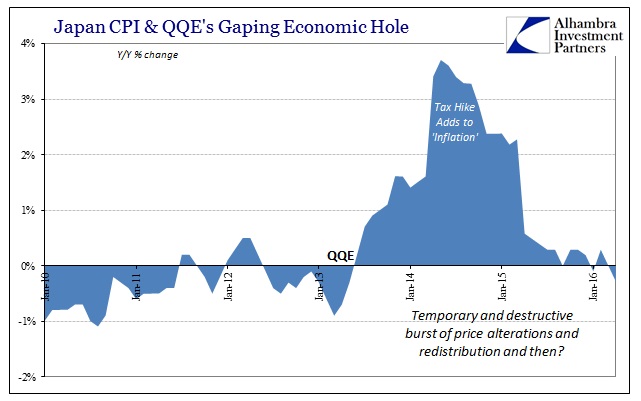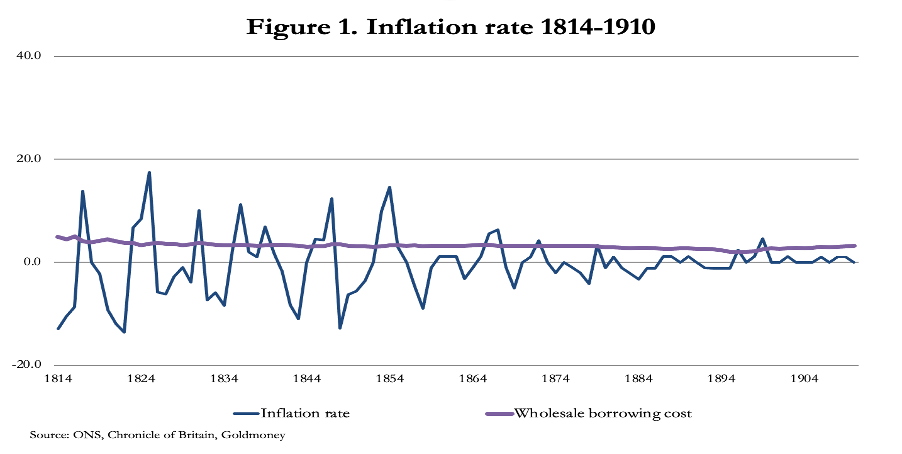Why the dollar bill in our pocket has value? The value of money is established, according to some experts because the government in power says so. For some commentators the value of money is on account of social convention. What this implies that money has value because it is accepted, and why is it accepted? ….. because it is accepted! Obviously this is not a good explanation of why money has value[1].
The difference between money and other goods
Let us try another approach. Demand for a good arises from its perceived benefit. For instance, people demand food because of the nourishment it offers them. With regard to money, people demand it not for direct use in consumption, but in order to exchange it for other goods and services. Money is not useful in itself, but because it has an exchange value, it is exchangeable in terms of other goods and services. Money is demanded because the benefit it offers is its purchasing power, i.e., its price.
Consequently, for something to be accepted as money it must have a pre-existing purchasing power, a price. So how does a thing that the government proclaims will become the medium of exchange acquire such purchasing power, a price?
We know that the law of supply and demand explains the price of a good. Likewise, it would appear that the same law should explain the price of money. However, there is a problem with this way of thinking since the demand for money arises because money has purchasing power, i.e., money has a price. Yet if the demand for money depends on its pre-existent price, i.e. purchasing power, how can this price be explained by demand?
We are seemingly caught here in a circular trap, for the purchasing power of money is explained by the demand for money while the demand for money is explained by its purchasing power. This circularity seems to provide credence to the view that the acceptance of money is the result of a government decree and social convention.
Mises’s explains how value of money is established
In his writings, Mises had shown how money becomes accepted.[2] He began his analysis by noting that today’s demand for money is determined by yesterday’s purchasing power of money. Consequently, for a given supply of money, today’s purchasing power is established in turn. Yesterday’s demand for money in turn was fixed by the prior day’s purchasing power of money.
Therefore, for a given supply of money, yesterday’s price of money was set. The same procedure applies to past periods. By regressing through time, we will eventually arrive at a point in time when money was just an ordinary commodity where demand and supply set its price. The commodity had an exchange value in terms of other commodities, i.e., its exchange value was established in barter. To put it simply, on the day a commodity becomes money it already has an established purchasing power or price in terms of other goods. This purchasing power enables us to set up the demand for this commodity as money.
This in turn, for a given supply, sets its purchasing power on the day the commodity starts to function as money. Once the price of money is fixed, it serves as input for the establishment of tomorrow’s price of money. It follows then that without yesterday’s information about the price of money, today’s purchasing power of money cannot be established.
With regard to other goods and services, history is not required to ascertain present prices. A demand for these goods arises because of the perceived benefits from consuming them. The benefit that money provides is that it can be exchanged for goods and services. Consequently, one needs to know the past purchasing power of money in order to establish today’s demand for it.
Using the Mises framework of thought, also known as the regression theorem, we can infer that it is not possible that money could have emerged as a result of a government decree or government endorsement or social convention. The theorem shows that money must emerge as a commodity.
On this Rothbard wrote,
In contrast to directly used consumers’ or producers’ goods, money must have pre-existing prices on which to ground a demand. But the only way this can happen is by beginning with a useful commodity under barter, and then adding demand for a medium to the previous demand for direct use (e.g., for ornaments, in the case of gold). Thus government is powerless to create money for the economy; the process of the free market can only develop it.[3]
But how does all that we have said so far relate to the paper dollar? Originally, paper money was not regarded as money but merely as a representation of gold. Various paper certificates represented claims on gold stored with the banks. Holders of paper certificates could convert them into gold whenever they deemed necessary. Because people found it more convenient to use paper certificates to exchange for goods and services these certificates came to be regarded as money. These certificates acquired purchasing power on account of the fact that these certificates were seen as a representative of gold. Note that according to the regression theorem, once the purchasing power of a certificate is established it can function as money regardless of gold since now the demand for money can be established. Remember the demand for money is because of its purchasing power.
Paper certificates that are accepted as the medium of exchange open the scope for fraudulent practice. Banks could now be tempted to boost their profits by lending certificates that were not covered by gold. However, in a free-market economy, a bank that over-issues paper certificates will quickly find out that the exchange value of its certificates in terms of goods and services will decline. To protect their purchasing power, holders of the over-issued certificates would most likely attempt to convert them back to gold. If all of them were to demand gold back at the same time, this would bankrupt the bank. In a free market, then, the threat of bankruptcy would restrain banks from issuing paper certificates unbacked by gold.
The government can, however, bypass the free-market discipline. It can issue a decree that makes it legal for the over-issued bank not to redeem paper certificates into gold. Once banks are not obliged to redeem paper certificates into gold, opportunities for large profits are created that set incentives to pursue an unrestrained expansion of the supply of paper certificates. The uncurbed expansion of paper certificates raises the likelihood of setting off a galloping rise in the prices of goods and services that can lead to the breakdown of the market economy.
To prevent such a breakdown, the supply of paper money must be managed. The main purpose of managing the supply is to prevent various competing banks from over-issuing paper certificates and from bankrupting each other. This can be achieved by establishing a monopoly bank—i.e., a central bank—that manages the expansion of paper money.
To assert its authority, the central bank introduces its own paper certificates, which replace the certificates of various banks. The central bank money’s purchasing power is established on account of the fact that various paper certificates, which carry purchasing power on account of their historical link to gold, are exchanged for the central bank money at a fixed rate. The central bank’s paper certificates are fully backed by bank certificates, which have the historical link to gold.
It follows then that it is only because of the historical link to gold that the central bank’s pieces of paper acquired purchasing power.
Conclusion
Contrary to the popular way of thinking the value of a paper dollar originates from its historical link to commodity money—which happens to be gold—and not government decree or social convention. Fiat money of the sort we use today could not and would not come about in a market setting. What the market created—gold-based money—the government had to destroy before leaving us with paper money whose value as a currency depends on the management practices of the central bank.
[1] Hal Varian. Why “Is That Dollar Bill in Your Pocket Worth Anything”? The New York Times January 15, 2004.
[2] Ludwig von Mises. 1998. Human Action, Scholars edition. Chapter 17.
[3] Murray N. Rothbard. 1990. What Has Government Done to Our Money?



